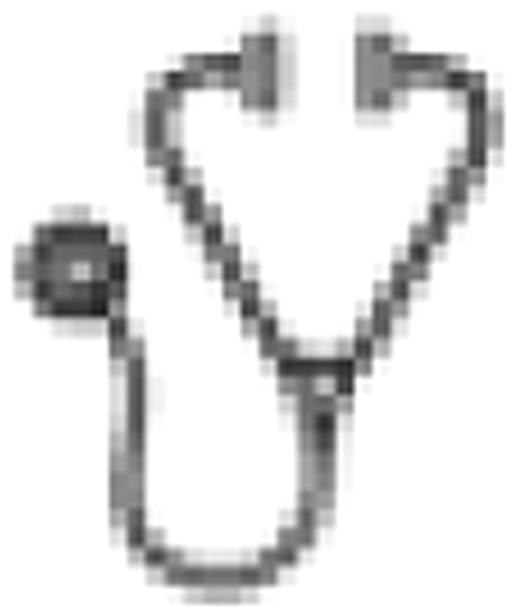Abstract
Abstract 1857
This study is registered with ClinicalTrials.gov, number NCT00590187.
Sapacitabine is an orally administered nucleoside analogue with a unique ability to cause irreparable single-strand DNA breaks and induce G2 cell cycle arrest. We are conducting a multi-center, randomized phase 2 study to evaluate 3 dose regimens of this drug in older patients with MDS refractory to hypomethylating agents. The primary endpoint is 1-year survival. Secondary endpoints include the rate of CR, CRp, PR, CRi or hematological improvement (HI) and their corresponding durations. The study uses a selection design to identify a dose regimen which produces a better 1-year survival rate in the event that all three dose regimens are active. The planned sample size consists of 60 patients, 20 patients in each arm.
Eligible patients must be ≥60 years with intermediate-2 or higher risk MDS previously treated with hypomethylating agents, ECOG 0–2, and adequate renal and hepatic functions. Patients were randomized 1:1:1 to receive sapacitabine every 3 –4 weeks at 200 mg b.i.d. × 7 days (Arm A), 300 mg b.i.d. × 7 days (Arm B), or 400 mg b.i.d. × 3 days per week × 2 weeks (Arm C). The number of cycles is not limited.
As of July 2010, 61 patients were treated with mean follow-up of 230 days. Median age was 73 years and 77% of patients were 70 or older. Baseline bone marrow contained < 5% blasts in 10 patients (16%), 5–10% blasts in 20 patients (33%), 11–20% blasts in 26 patients (43%) and 21–30% blasts in 5 patients (8%). The median number of cycles was 2 and 34% of patients received ≥ 4 cycles. To date, 14 patients have responded (2 CR and 12 major HIs) with response rates of: 24% (Arm A), 35% (Arm B) and 10% (Arm C). The two CRs occurred on Arm A. Median time to response is 2–3 cycles (range 1 to 6 cycles). Four deaths occurred within 30 days of randomization (7%), one of which was considered to be possibly related to sapacitabine. Common adverse events (all grades, regardless of causality) included fatigue, nausea, diarrhea, constipation, abdominal pain, anorexia, peripheral edema, dyspnea, alopecia, pneumonia, arthralgia, febrile neutropenia, anemia, neutropenia and thrombocytopenia, most of which were mild to moderate in intensity.
Sapacitabine appears to be safe across all 3 dose regimens with the highest overall response rates observed on the 7-day dose regimens. Results for the primary endpoint of 1-year survival will be presented at the meeting.
Wetzler:Cyclacel: Research Funding. Claxton:Cyclacel: Research Funding. Foran:Cyclacel: Research Funding. Goldberg:Cyclacel: Research Funding; Cyclacel: Research Funding. Chiao:Cyclacel: Employment, Equity Ownership. Kantarjian:Cyclacel: Research Funding.

This icon denotes an abstract that is clinically relevant.
Author notes
Asterisk with author names denotes non-ASH members.

This feature is available to Subscribers Only
Sign In or Create an Account Close Modal